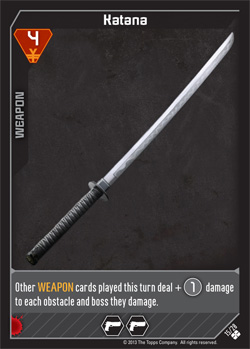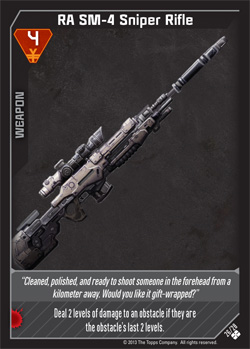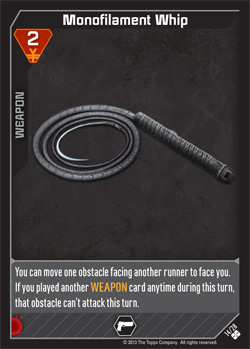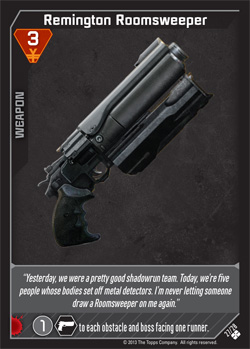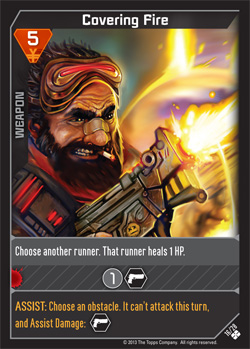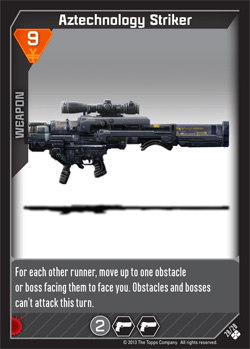
Wow…it’s been awhile since a Sprawl Gangers Designer Diary. An apology for that. The launch of the Year of Shadowrun has proven…well…significantly more time intensive than we gave it credit for, so I’ve not been able to keep up on these as I would’ve liked.
With the so far wildly successful launch of Shadowrun, Fifth Edition, and with “most” of the insanity of Gen Con just about behind us, I’ve got a little bit of breather in here to provide an update (and hopefully send out a new playtest cycle) before the next insanity of actually working Gen Con begins.
In my previous diary, I mentioned starting to get into the specifics of what a model will be able to do during a game.
Well, since I’ve already done the work in laying out what occurs in a turn in the rules, thought I’d just crib directly from the Playing The Game section to give you a thorough slice of a turn:
>>>>>
The following rules cover exactly how play unfolds on the gaming table.
When playing Sprawl Gangers, follow the same basic format each turn to move and attack with your models. Players should not consider the list below a hard-and-fast set of rules for how to play the game, but instead a way to lay the framework, from which to build a fuller understanding of how the game works by incorporating specific rules from the rest of the rulebook.
The rough order of game play is as follows:
- Move Action: If moving, the player chooses how many inches the model will move, measures on the playing area, and then moves the model accordingly to the new location.
- Attack Test: If making an Attack Test, the player determines range to the target by measuring between the two models, determines what cover may be in between the model and then uses that information to determine how many dice to roll. The target model then makes a Defense Test. Comparing the dice rolled from both Tests will ultimately determine if damage is applied to the target model, or not.
- Non-Attack Test: If making a Non-Attack Test, the player determines the difficulty of the action to find a Threshold value, then determines how many dice to roll based upon the action. If the number of Hits on the dice equals or exceeds the Threshold value, the action is a success; if not, the action doesn’t succeed.
>>>>>
Now if you’ve played really any miniatures games, most of that seems really straight forward. And if you haven’t but love the idea from trying Shadowrun in a miniatures style of game, the game will cover the details of what you might not be grogging.
Regardless of your frame of reference, though, in my next blog post I’ll start to carve a little more thoroughly into that minutia of a game turn, as well as starting to talk about Interrupts, which is turning out to be one of the best parts of the game.
Randall N. Bills




